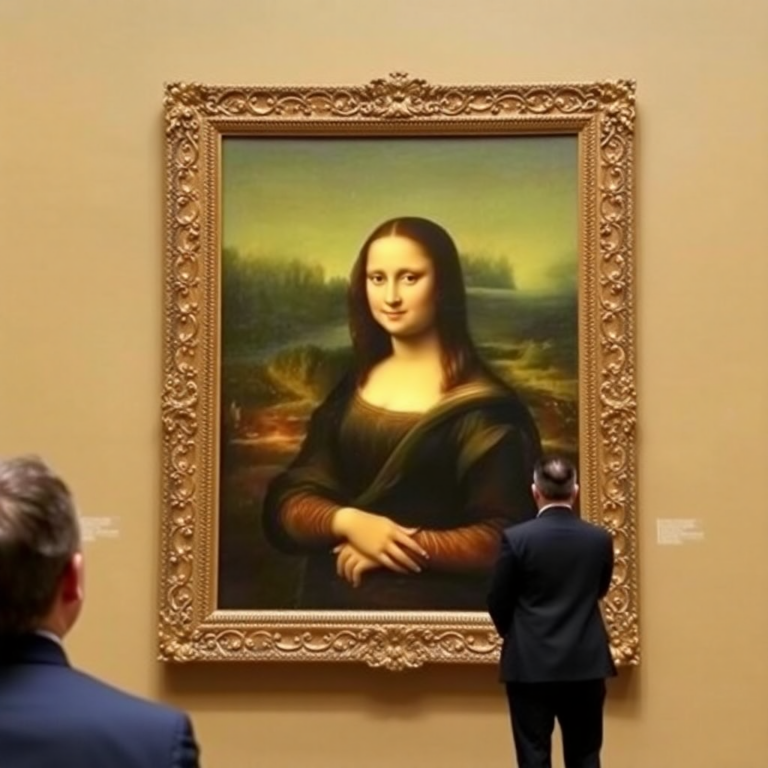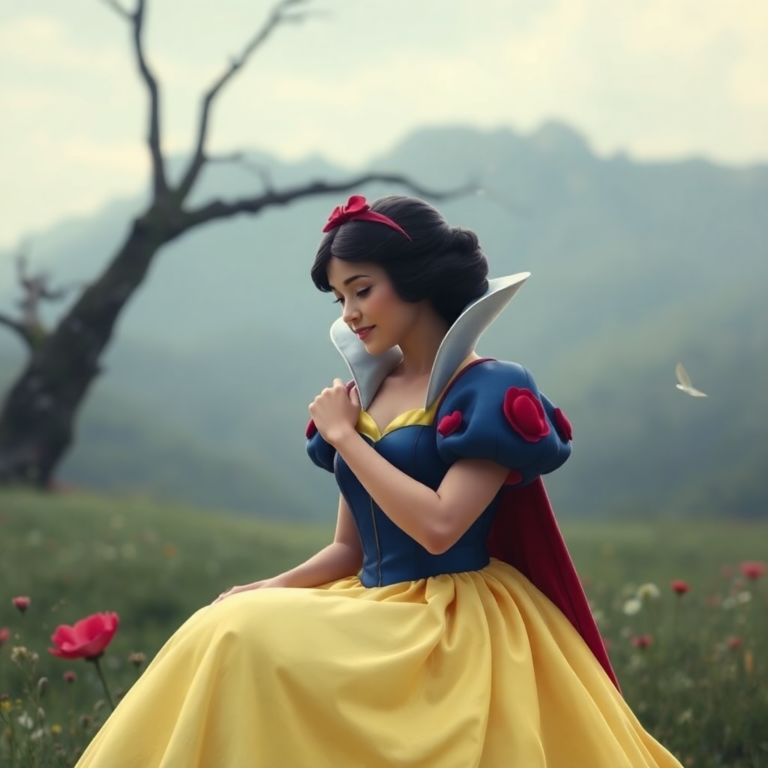Georgia O’Keeffe, a beacon of American Modernism, was no stranger to overcoming adversity. Despite losing her sight in the later years of her life, O’Keeffe continued to paint and create art that still resonates powerfully today. This blog explores the remarkable journey of Georgia O’Keeffe and her continuous legacy in the realm of visual art, all forged through resilience, adaptability, and a love for expression.
O’Keeffe, born in 1887, was renowned for her groundbreaking paintings of enlarged flowers, New York skyscrapers, and New Mexico landscapes. Her unique and dynamic interpretation of nature and architecture made her a pioneer in American Modernism. However, the turn of events that unfolded later in her life underscored an even greater testament to her determination and spirit.
In the early 1970s, O’Keeffe began to lose her eyesight due to macular degeneration, an age-related condition that damages the central vision. Despite this significant setback, she found innovative ways to keep expressing her artistic vision. She turned to sculpture and used her sense of touch to compensate for her fading vision. With the help of assistants, she continued painting and even completed a series of works known as the “Abstraction” series.
O’Keeffe’s works following her vision loss demonstrate a remarkable adaptability. Even though her style evolved due to her changing circumstances, the essence of her artistry remained intact. She used bold colors, abstract shapes, and strong lines that could be seen clearly even with her diminished sight. The beauty and power of her later works suggest that while her physical vision may have been compromised, her artistic vision was as strong as ever.
Perhaps the most notable impact of O’Keeffe’s continued work after her blindness was the statement it made about the ability to persevere and adapt in the face of adversity. She exemplified the concept that creativity and artistic expression can transcend physical limitations. Her determination to continue creating art is a source of inspiration for countless artists and individuals facing similar challenges.
Moreover, O’Keeffe’s later works played a significant role in influencing the course of American Modernism. They not only represented her personal response to vision loss but also challenged the boundaries of visual art and perception. They urged viewers to reconsider the conventional understanding of sight and observation and to appreciate the power of art beyond the purely visual.
In conclusion, Georgia O’Keeffe’s resilience in the face of vision loss is a testament to her unparalleled artistry and strength of character. The evolution of her work following her blindness embodies the essence of perseverance, resilience, and adaptation. Through her story and her art, O’Keeffe offers a valuable lesson on the power of human creativity and the limitless potential of artistic expression, even in the face of adversity.











